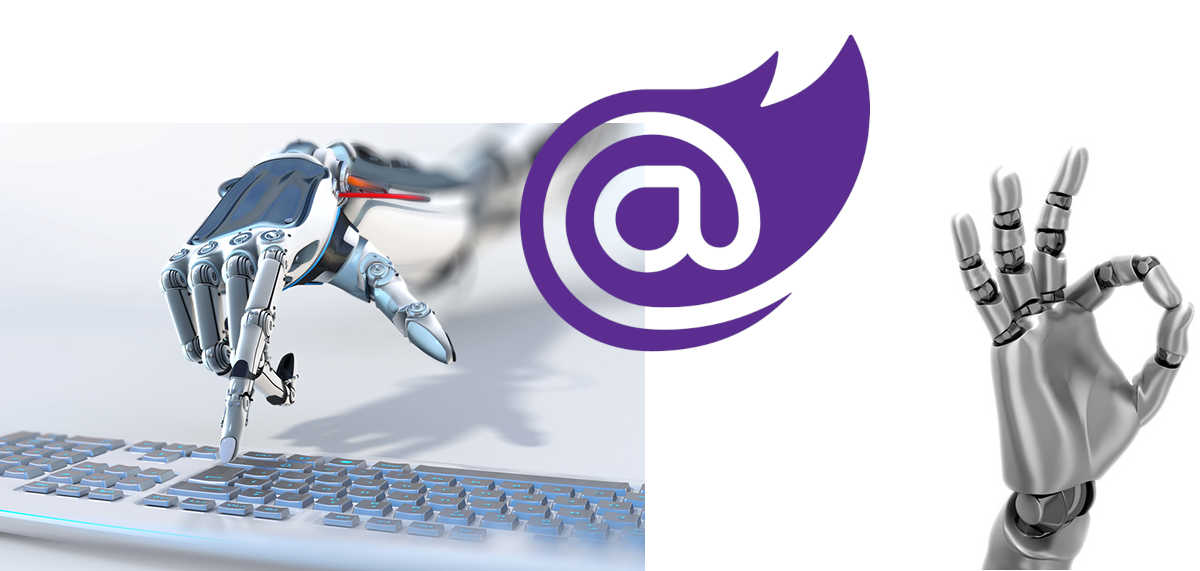Another amazing Microsoft error message
Dot Net What Not Posts
Whilst Hot Reload is a great feature of Visual Studio, I found that it was very slow in on specific project, often taking 30-60 seconds before the changes were applied.
This post describes the cause of the problem, and briefly discusses some solutions.
Quick post on how to convert from an integer to its equivalent hex value and back again in C#. Written as a reminder for myself, as I forget every time!
My son just noticed that if you go to google.com and enter “last day of march 2022”, then you are given an, erm, interesting result!
A few weeks ago, I blogged about some code I was writing to simulate buses arriving at bus stops and picking up passengers.
I mentioned at the end that the code shown there had three major shortcomings. Having nothing better to do with an hour this afternoon (meaning: not being bothered to do what I was supposed to be doing and preferring to have a play instead), I decided to address those shortcomings.
This blog post explains the changes, and how they led to a very pretty, but probably wrong simulation!
I had previously struggled to work out how to deal with injected dependencies that required some data. For example, if you are injecting a mail service, it is going to need the server settings. That’s fine when the service is a class in your own project, but when you want to wrap it up into a reusable Nuget package, it doesn’t work quite so easily.
I finally discovered how easy it is to inject the service with the required settings, so blogged about it before I forgot!
The answer to the age-old question of why do buses come in threes is that they don’t. Well, not often.
I decided to write a simple simulation to see how buses might behave, and whether or not they really do arrive in threes.
Accessing Google Drive from an ASP.NET application looked easy until I tried it, and discovered that pretty much all the information out there is either misleading or plain wrong.
This blog post explains the three approaches I tried, and why the first two didn’t work. There are also plenty of links to the only reliable source of information I could find.
Sending messages between Blazor components is very simple, and can be very useful. If you’re used to messages in MVVM, and want to know how to do this in Blazor, read on…
I just fired up a virtual PC that I hadn’t used for some time, opened File Explorer, and saw this…










Leave a Comment